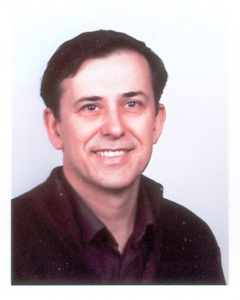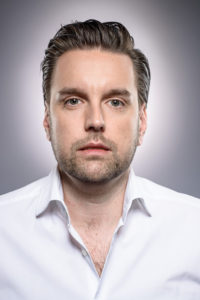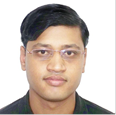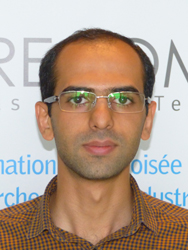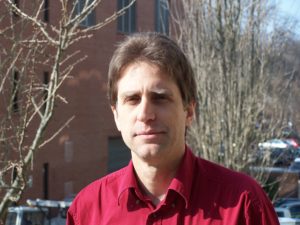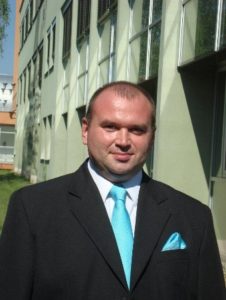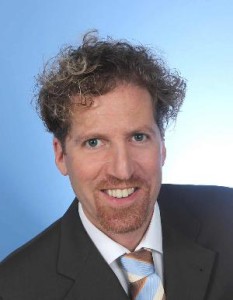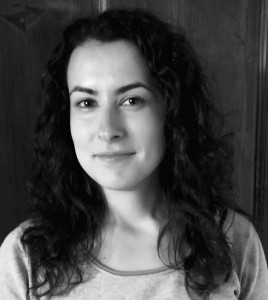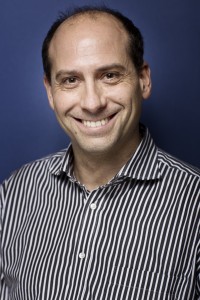Prof. Maryline Hélard | September 5, 2018 | 15:00 | L4.1.01
Abstract
To meet growing demand for higher throughputs, advanced digital communication techniques based on multicarrier modulations, multiple antenna systems (MIMO) and their extension to massive MIMO (M-MIMO), powerful coding schemes or interference coordination are always under study and could be combined with solutions based on network densification and deployment of heterogeneous infrastructures.
For a number of years now, IETR (Institut of Electronics and Telecommunications of Rennes) Labs has being developed strong expertise in communications systems with several experiments associating OFDM and MIMO in some proofs of concept.
In the first part of this talk, one of the classical precoding technique, known as Time Reversal applied to digital communications will be presented as well as its easy combination with OFDM. A second part will be dedicated to spatial modulation applied either at transmit or receive side and its possible application to IoT. For both systems, the benefit of using a high number of transmit antenna will be highlighted and a description of the proofs of concept implementation carried out in our labs provided.
The talk will then concentrate on the researches carried out with some of our PhD students on hybrid beamforming techniques, mmWave communications and VLC communications.
Bio
Professor Maryline Hélard received the M.Sc and PhD degrees from INSA Rennes and the Habilitation degree from Rennes 1 University in 1981, 1884 and 2004 respectively. In 1985, she joined France Telecom as a research engineer and since 1991 she has been studying physical layer in the field of digital television and wireless communications. In 2007, she joined the National Institute of Applied Science (INSA) as a professor and she is now the co-director of the Signal and 2018 Communications department of IETR (Electronics and Telecommunications Institute of Rennes). She is co-author of more than 140 technical papers including 37 journal papers and of 30 patents. Her current research interests are in the areas of digital communications such as MIMO techniques, large MIMO, OFDM, MC-CDMA, channel estimation, equalization, spatial modulations and iterative processing applied to wireless communications and more recently to wire communications (ADSL, optical). She was involved in several collaborative research projects including digital television, MC-CDMA techniques, time reversal and spatial modulation.

